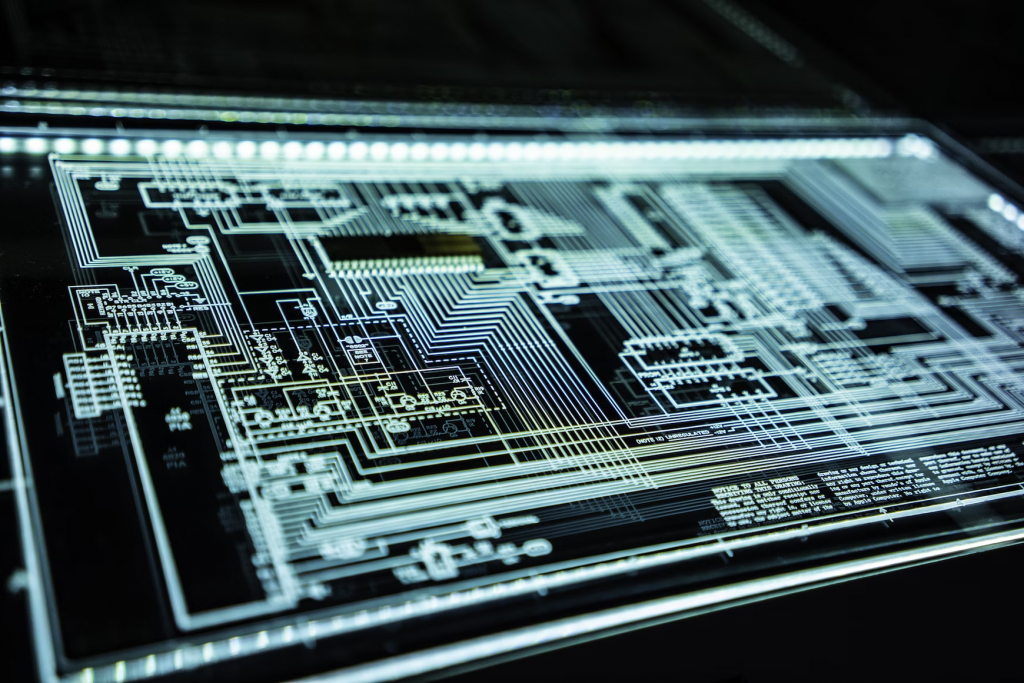Facilities with IoT devices are rising exponentially. According to a report from McKinsey, 127 new IoT devices get connected to a network every second. This includes IoT installations in factories, cities, and retail facilities. This unprecedented shift can have a great impact on how we run facilities and society at large. IoT devices connected to the internet can amass large amounts of data that can be analysed to improve business performance, production output, and more use cases are unlocked everyday. But, as with everything, there is a downside to mass adoption of IoT. Cyber attacks, says Patrick Chown is the owner and president of network installation company, The Network Installers.
IoT: Cybersecurity challenge
Attack surface is a common term used in cybersecurity circles. It is the sum of all possible avenues a malicious user can use to gain unauthorised access to the digital infrastructure of an organisation. In the past, a factory with no IoT devices or network infrastructure had no attack surface. But with mass adoption of internet-enabled devices, cyber criminals can now use the network itself and each IoT device as the attack surface.
When cybercriminals gain unauthorised access to an IoT network, they can take over the devices and software that manages them. The operators can be locked out from accessing the devices and cybercriminals can demand a ransom to give back the control they gained. This is evident from the ransomware attack on Colonial pipeline. Hackers gained access to the digital infrastructure of the pipeline using a compromised password. This unauthorised access was used to lock out the entire network and infrastructure until a ransom was paid.
Ransom is the least of the worries. When malicious actors gain unauthorised access, they can cause even greater damage. Terrorist outfits and foreign actors can orchestrate attacks, explosions, and other damage to critical infrastructure by these cyberattacks, without setting foot anywhere near the facility. Facilities, cities, and retail infrastructure with IoT devices are vulnerable to such attacks.
Securing networks
The severity of cyber attacks orchestrated using IoT infrastructure can be devastating to organisations and even the broader economy. Organisations that lack expertise in protecting digital infrastructure are integrating IoT devices at an increasing rate, which poses an even higher threat. You need to consider auditing the security of your network infrastructure to prevent cyber attacks.
Identity and access management (IAM)

IAM is the technology and policies that govern who can access resources within an organisation. It comprises solutions to manage users, authorise devices, limit access, manage passwords, etc. Eighty percent of cyber attacks are identity-driven, according to Crowdstrike. IAM helps to prevent such attacks, making its use critical to organisations that use any form of digital tool including IoT. In an IoT environment, you need to have a secure database of users and devices with the help of an IAM.
The major function of IAM solutions is authentication and authorisation. Authentication determines if the user or device is authentic, i.e. those that are within the approved list of users and devices. Authentication also enforces tools like passwords, biometrics, etc, to ensure the authenticity of users. Authorisation determines if the user has the authority to access a specific resource. All the users and devices don’t require access to all the resources of an organisation. Authorisation makes sure authenticated users and devices access only the resources that they are authorised to access.
Monitoring
Monitoring is required to create awareness around all the activities that happen in the IoT infrastructure. This helps to identify anomalous activities that go on in the infrastructure. Investigating every anomalous activity can help to thwart cyber attack attempts. Along with monitoring you should also think about logging all activities. In case of any cyber incident, you can audit the logs to identify the root-cause of the breach and fix any issues that are identified. Monitoring large numbers of devices and users can be cumbersome. Artificial intelligence solutions can be used to make monitoring easy and manageable.
Patches and updates
Device manufacturers and software developers release updates and security patches at regular intervals. Managers of IoT facilities need to implement any new update or patch available immediately. Security patches are released to fix any identified vulnerability in a device or software. Using infrastructure with known vulnerabilities is much more prone to breaches, making regular updates critical to cybersecurity. You should be using hardware and software vendors that regularly update for security reasons. You should replace any device and software that is no longer supported by OEM, developers, or vendors.
Encryption
Encryption is the method of securing communication with the power of mathematics. Encrypted communication ensures only authorised users or devices can understand the transmitted message. One of the common methods of cyber attacks is to alter the content in communication between devices. Encrypting communication channels makes sure such an attack is not possible.
Testing
Regular testing has to be performed in IoT infrastructure to bring forward any unknown vulnerabilities in the system. Ethical hackers employ penetration testing to identify vulnerabilities in the infrastructure and gain unauthorised access. When such vulnerabilities are identified, they can be patched up to improve the security of the IoT facility. You need to conduct penetration testing at regular intervals. Doing it once a year is a recommended practice.
Physical infrastructure
The majority of threats to IoT facilities will come in the form of digital attacks. But the physical security of the infrastructure should not be overlooked. Cyberattacks can be initiated by physically infiltrating IoT infrastructure. You also need to secure physical infrastructure in addition to cybersecurity measures. You have to invest in tamper proof devices for your IoT facility. You also need to ensure the installed structured cables, WiFi networks, voice lines, and data lines are secured. All physical hardware, including devices and cables, needs to be concealed. You need to have proper access controls in place to ensure only authorised personnel can access physical hardware.
Beefing up IoT security…
Attacks on digital infrastructure are ramping up with each passing day. IoT facilities are particularly vulnerable because control over IoT devices can also have real-world physical impacts that can be disastrous. You need to take the cybersecurity of your facility with the seriousness it warrants. Securing IoT networks is the wise path to take in order to secure the long-term sustainability of your facility with IoT devices.
The author is Patrick Chown is the owner and president of network installation company, The Network Installers.
About the author
Patrick Chown is the owner and president of network installation company, The Network Installers. The Network Installers specialises in network cabling installation, structured cabling, voice and data, audio/visual, commercial wifi and fiber optic installation for industrial and commercial facilities.
Comment on this article below or via Twitter: @IoTNow_OR @jcIoTnow










